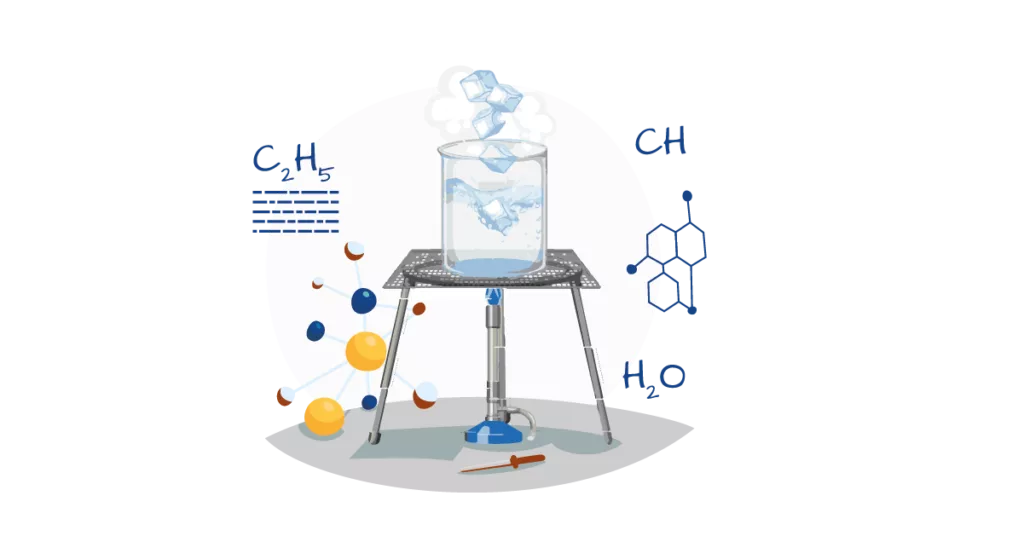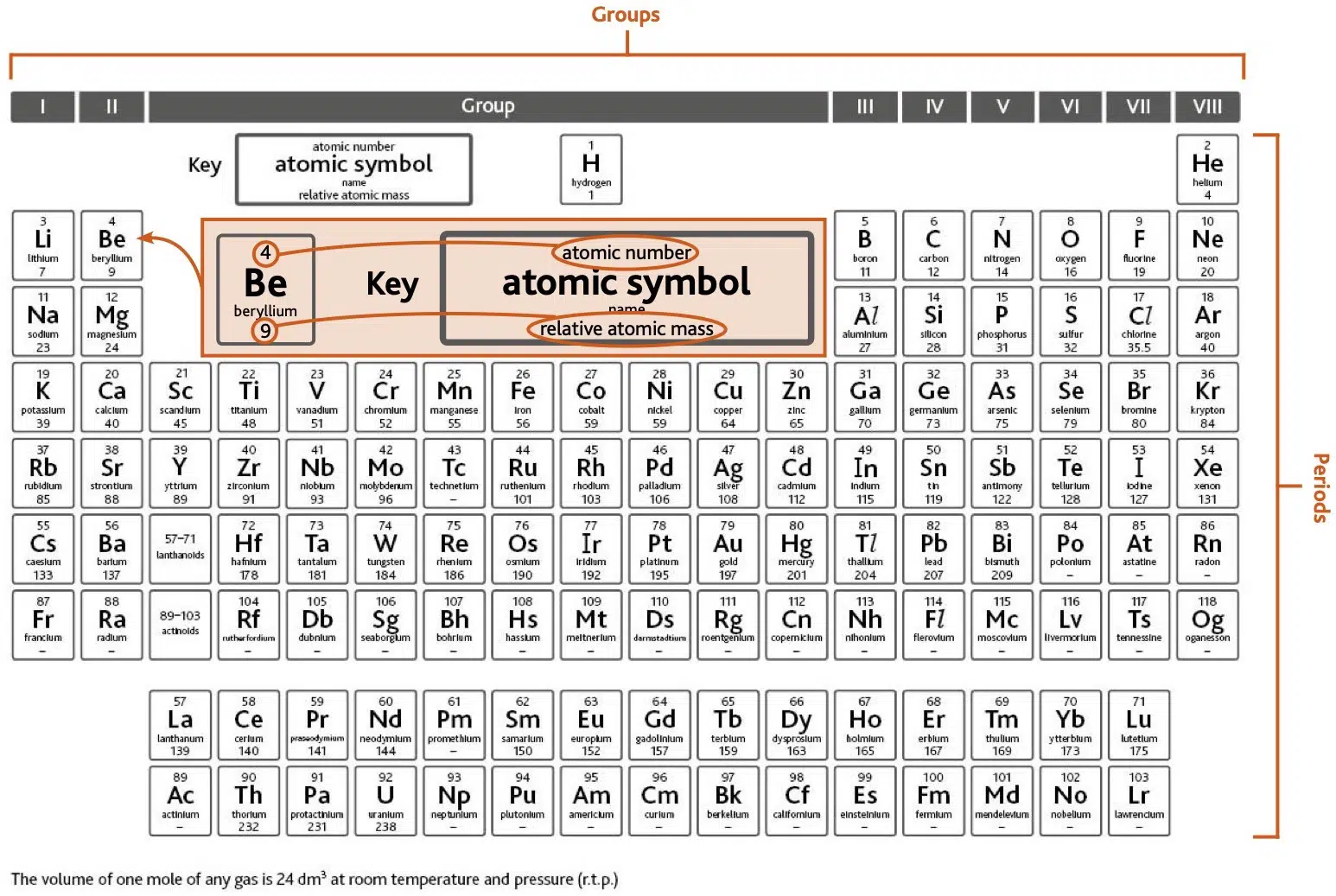
Descriptive vs Narrative Essays
The IGCSE English First Language exam places a strong emphasis on creative writing, with writing descriptive and narrative essays being
Learn how to write step-by-step answers, and score A* in your exam!

Announcement: Cambridge IGCSE, and AS & A Level November 2024 past papers are now available.
Written papers assess the candidate’s knowledge with understanding, and skills in handling information and solving problems. The questions are theoretically based and answers must be written in the spaces provided. Short-answer questions only have one or two parts while structured questions contain many parts. Often later parts can depend on the answer to earlier parts. This article aims to give the candidates an overlook of this kind of question.
I’ve learned advanced things much faster than a teacher could have taught me
“I am really enjoying Skolatis! It is very helpful. I feel that the way you teach the subjects are very helpful and aid in helping people learn more complicated things. For example I’m a lot ahead in chemistry and biology. I’ve learned many more advanced things much faster than a teacher could have taught me it. Skolatis has really helped me improve in chemistry and biology.”
~ James Armenis (Greece)
Writing answers that contain factually correct chemistry but do not answer the question will not give you additional marks. Answer directly and focus on what is being asked. Learn how to answer the common questions as it would help to understand what is required by the question. Below is a glossary of terms used in science papers and their brief definition. Look out for these command words and write your responses accordingly.
| Command word | What it means |
|---|---|
| Analyse | examine in detail to show meaning, identify elements and the relationship between them |
| Calculate | work out from given facts, figures or information |
| Compare | identify/comment on similarities and/or differences |
| Consider | review and respond to given information |
| Contrast | identify/comment on differences |
| Deduce | conclude from available information |
| Define | give precise meaning |
| Demonstrate | show how or give an example |
| Describe | state the points of a topic / give characteristics and main features |
| Determine | establish an answer using the information available |
| Discuss | write about issue(s) or topic(s) in depth in a structured way |
| Evaluate | judge or calculate the quality, importance, amount, or value of something |
| Examine | investigate closely, in detail |
| Explain | set out purposes or reasons / make the relationships between things evident / provide why and/or how and support with relevant evidence |
| Give | produce an answer from a given source or recall/memory |
| Identify | name /select/recognise |
| Justify | support a case with evidence/argument |
| Predict | suggest what may happen based on available information |
| Show (that) | provide structured evidence that leads to a given result |
| Sketch | make a simple freehand drawing showing the key features, taking care over proportions |
| State | express in clear terms |
| Suggest | apply knowledge and understanding to situations where there are a range of valid responses in order to make proposals / put forward considerations |
Most of the questions would involve chemical and word equations. You must be able to read and write the correct chemical symbols and word equations. However, do not combine symbols and words in the same answer. For example, if it asks for a word equation, do not write a symbol equation. A word equation tests knowledge of chemical names.
When working out formulae, do not be confused by oxidation numbers. You have to balance the positive and negative charges in a formula. Note that subscripts should be used correctly too when writing out the formulae.
Join 60,657 (and counting) IGCSE & AS/A Level subscribers who've taken our insanely valuable FREE email courses. Learn exam tips & score A* in your exam!
A periodic table is provided at the back of the papers. Utilise this as it will help you to answer some questions. Familiarise the layout and know what are the Groups, the Periods, the position of proton number and relative atomic mass of the element, and that the volume of one mole of gas at room temperature and pressure (r.t.p.) is shown at the bottom of the Periodic Table. For example, when the question asks to ‘Calculate the relative formula mass of a chemical compound,’ the Periodic table can be used to find the relative atomic masses of each of the atoms in the given chemical equation.
The Periodic Table can also be used to identify transition elements Transition elements are in the centre of Periodic Table, between Groups 2 and 3. The properties of transition elements often cause problems. If asked about the specific properties of transition metals, don’t list general properties of metals, such as ‘shiny’, ‘malleable’. When distinguishing between a transition metal and a non-transition metal, information on boiling points is more important than information on density.

Find out in our A* Model Answers. Copy the style and score A*!
Come join our A* revision courses that are designed based on proven A* scoring system, move up your level and reach your A*!
*Relevant info taken from CIE.
Join 60,657 (and counting) IGCSE & AS/A Level subscribers who’ve taken our insanely valuable FREE email courses. Learn exam tips & score A* in your exam!
Abhishek Bathina
Abhishek Bathina
Raunaq Nambiar
Raunaq Nambiar
Jyoti
Jyoti
Soham Santra
Soham Santra
Yusra
India
Yusra
India
Christina Theosabrata
Christina Theosabrata
Harsh Aryan
Harsh Aryan
Akshit Philip
Bahrain
Akshit Philip
Bahrain
Eva Muthusamy
Malaysia
Eva Muthusamy
Malaysia
Lanja Omer
United Arab Emirates
Lanja Omer
United Arab Emirates

The IGCSE English First Language exam places a strong emphasis on creative writing, with writing descriptive and narrative essays being

In the IGCSE English First Language Directed Writing task, you’ll be required to either write a speech, letter, or article

In Chemistry, writing a balanced chemical equation is a skill that needs practice. This article will discuss all the tips

In the face of violence and uncertainty, education stands as a beacon of hope, offering students the tools to navigate

Our best-selling exam essentials.

4 responses
Could you give some tips for atp paper for all three sciences like how to draw a graph and what to include in the questions about designing an experiment and how to answers questions asking how to improve the experiment
Hi Mr. X,
One major tip when drawing a graph is to use the appropriate scale on the axis. This ensures that the graph covers the graph paper properly (the graph is not overdrawn or too small with respect to the graph space provided). Always label your graph (title and axis) and when doing a line graph always connect the data points with the best-of-fit line.
When designing an experiment the main points come from the flow of the procedure and how easily it can be followed by another person (think about if the other students would be able to replicate the same experiment just from reading your notes). Also, make the sentences short, in sequence, and easy to comprehend.
Answering questions on how to improve the experiment requires a keen understanding of how the experiment was conducted. One major focus would be finding areas in the experiment where the student was not being objective (such as using their eyes to determine a color change rather than using a colorimeter) or where the experiment is not standardized (such as using warm water in a beaker, rather than using a water bath, when heating contents of a test tube).
I hope this helps. We are here for you!
Regards,
Chemistry Department
Keep posting such kinds of blogs regarding the IGCSE Chemistry Program. The whole post is so informative!
Hello Sohail,
We are delighted that you find our post very helpful.
You can also join our newsletter to get our free email courses. You may find our signup page here: https://www.skolatis.com/newsletter/.
Thank you.